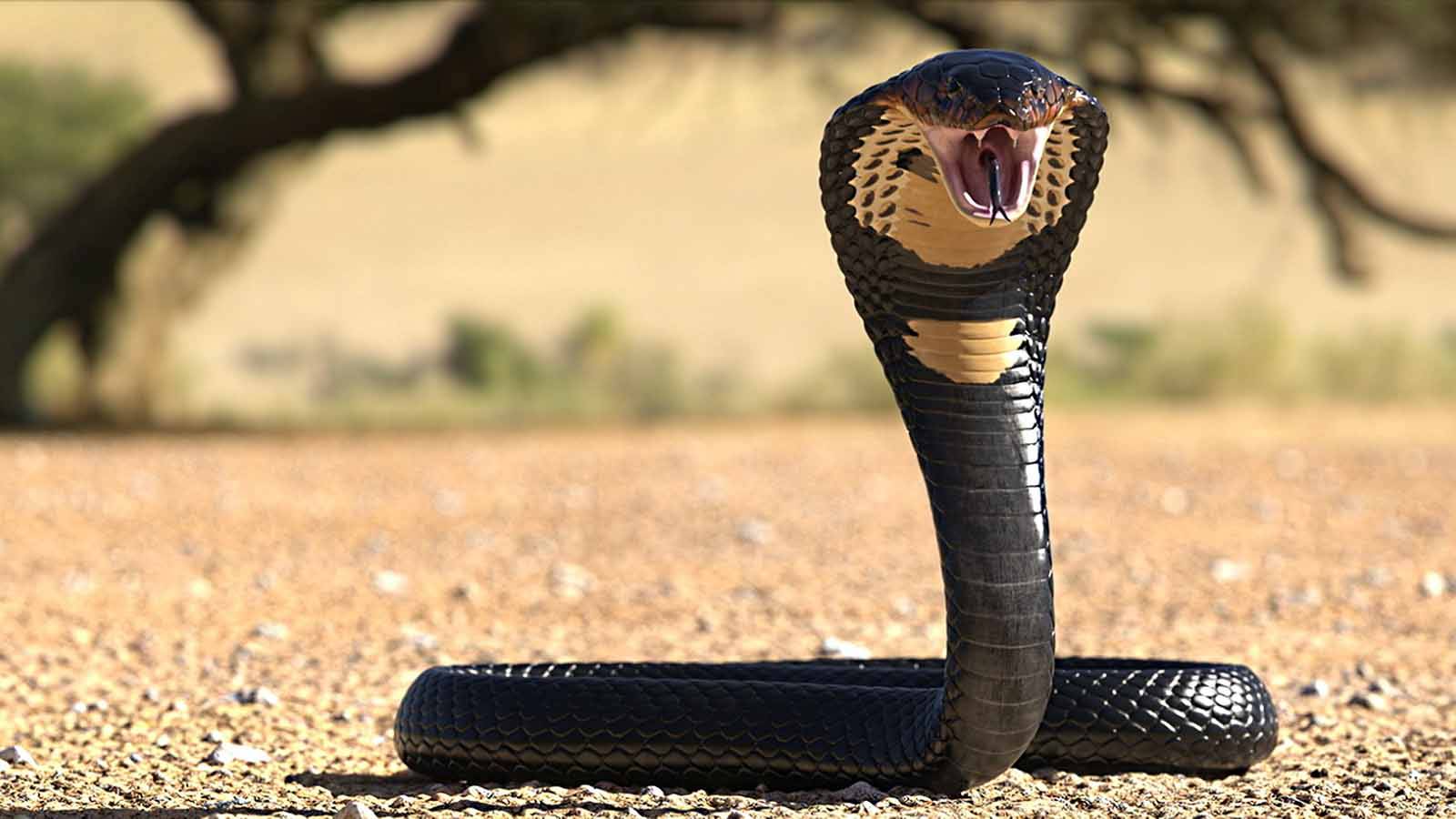Snakes have captivated human curiosity for centuries, with their diverse appearances, behaviors, and roles in various ecosystems. Here are five intriguing facts that shed light on these enigmatic creatures.
1. Remarkable Diversity: Snakes exhibit an astonishing array of sizes, colors, and habitats. From the tiny thread snake, measuring around 4 inches, to the reticulated python that can exceed 20 feet in length, these reptiles showcase remarkable diversity. Their colors and patterns are equally varied, serving as both camouflage and warning signals to predators or prey.
2. Unique Locomotion: Snakes employ a distinct mode of movement – undulating their bodies in a wave-like manner. Some, like the sidewinder, move sideways on loose sand, minimizing friction. The ability to move across a variety of terrains, from trees to water, makes snakes versatile hunters and survivors.
3. Sensational Senses: Despite lacking visible ears, snakes possess impressive sensory capabilities. They can detect vibrations in the ground, allowing them to perceive approaching prey or predators. Their forked tongues are used to sample scents in the air, helping them locate food and navigate their surroundings.
4. Flexible Jaws and Feeding Habits: Snakes have unhinged jaws that enable them to consume prey much larger than their head. They swallow meals whole and rely on their powerful digestive systems to break down the food. Some species can go weeks or even months between meals, adapting to the unpredictability of finding sustenance in the wild.
5. Vital Ecological Roles: Snakes play crucial roles in maintaining ecosystem balance. As predators, they control rodent populations, helping prevent crop damage and disease spread. They are also prey for numerous other animals. Moreover, their shed skin and feces contribute nutrients to the environment, enriching the soil and supporting plant growth.
In conclusion, the world of snakes is a captivating one, filled with diversity, adaptability, and ecological significance. Understanding these facts not only deepens our appreciation for these creatures but also highlights their essential place within the intricate web of life on our planet.


